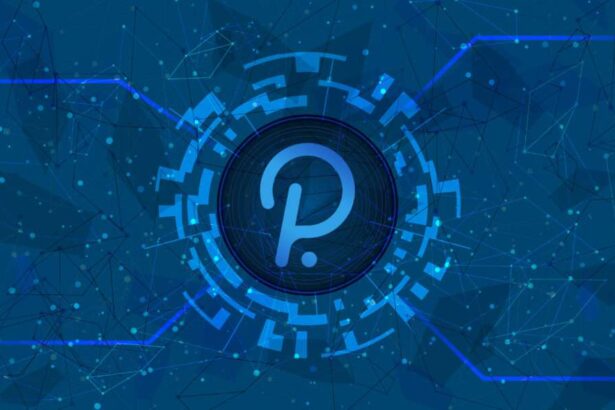A new form of blockchain powered organizations is entering the market – DAO’s (Decentralized Autonomous Organizations). These DAO’s leverage smart contracts and digital tokens to make decisions on how to organize and allocate resources. In a traditional business or organization, control is usually spread out hierarchically. In DAO’s the control is spread out and distributed amongst participants of the network.
Read more: The Future is DAOA type of company with no HQ, removing hierarchies with flat management structures, that instead allow governance by crypto holders. Having all the organization rules built into the smart contracts, visible to all.
How do they work?
- Code is written in the form of smart contracts, which provides some sort of governance or consensus mechanism.
- Participants or members of the DAO use governance tokens to vote on decisions made by the DAO, such as the allocation of funds or resources.
- The impact of a member’s vote can be weighted more heavily based on the amount they have contributed to the project or if other members give them their voting power.
- The outcome would be based on the outcome of the vote of the organization’s members
There are some disadvantages that come with this level of decentralization. For example, it may take longer for decisions to be made since it requires a substantial portion of the community to respond. In some DAO’s, depending how they are structured, you could end up with a few members yielding the most voting power through how much they have staked in the network. Which would defeat the purpose and resemble more of a centralized organization.
Real world examples of DAO’s:
- Compound Finance – A great real-world example of members who hold these governance tokens can decide on which direction the project should go in hopes to increase the value of the DAO and in turn, their governance tokens.
- Investing Platforms – Allow a community to invest into projects together by voting on what to invest in. Allow algorithms and smart contracts to determine stable rates of return on investment where contributors can lend money.
- Elections and Taxes – This field can have the most implications. Revolutionizing how we run democratic governments with true transparency and decentralization. Allowing tax dollars to be distributed via DAO’s depending on where citizens or community members feel they should go. For example, a city’s citizens may have concerns about the roads in the area. Any member of the DAO can raise this as an issue, and it can be viewed by others in the city. If they feel just as strongly about this, they can vote to allocate tax dollars to this cause. Contractors who would do the actual work can bid on these jobs and can also be selected by community members. Once a defined threshold is reached, the contractor can be awarded the job. This is a simplification of the process but can give us some ideas on how we can more effectively govern.
The Future of DAO’s
DAOs are code, and code is not easy for everyone. As things move forward, not everyone will be able to program their own DAO, the same way everyone cannot write up the documentation and legal papers for a company or code their own website. The tools here are incredibly important and will determine the success and adoption of DAO’s throughout society. These tools would include easy to use builders that could assemble and visualize what a DAO would look like to the average user. Like what SquareSpace and Wix have done for the web design space. As with everything, there are trade-offs to using DAO’s and people will decide what use cases are the best fit for them.


